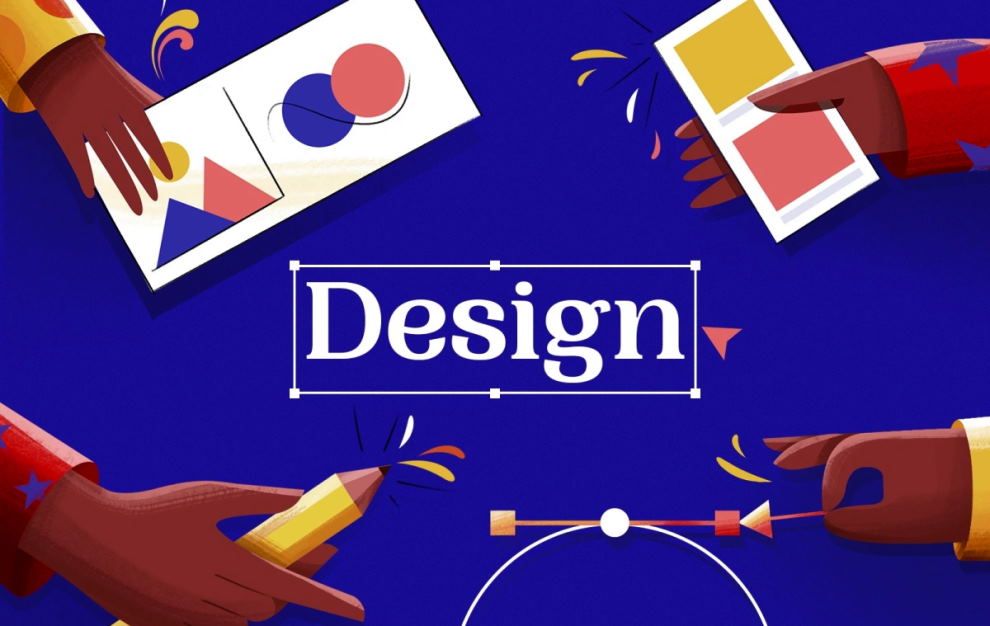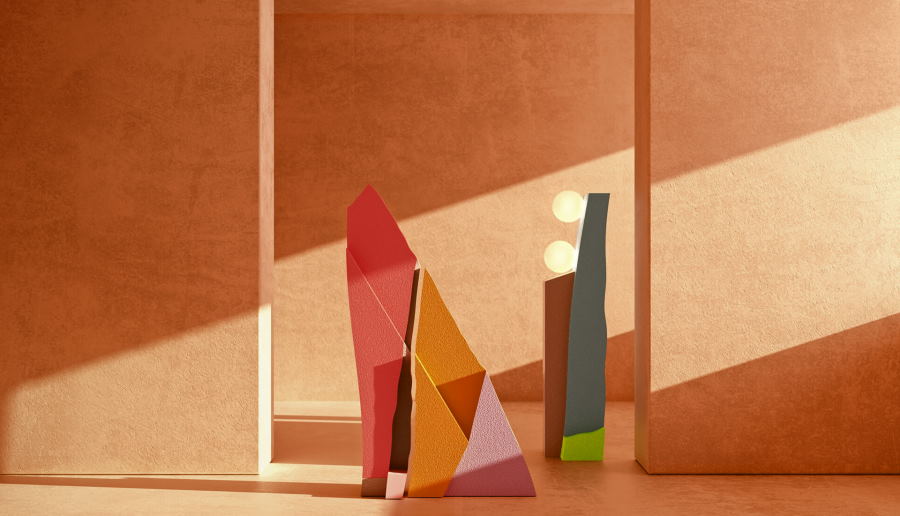When it comes to art and design, many people don’t understand the difference between the two. They may think that they are one and the same or that they are just different names for the same thing. But art and design are two very unique concepts with their own specific purposes and meanings. In this post, we’ll take a closer look at what makes art and design different from each other and explore why each is so important in its own way.
The battle of art and design: what’s the difference?
There are often misunderstandings about the difference between art and design. For example, some people believe that art is only about self-expression, while the design is more about functionality. However, the two disciplines are quite intertwined. Both art and design require creativity, imagination, and an eye for detail. And while artwork may not always be functional, it can still be beautiful and meaningful.
So what makes art and design unique? Art is usually created for its own sake, without any practical purpose. It can be expressive or abstract, realistic or surreal. Design, on the other hand, typically has a specific purpose or goal. It might be functional (like a chair or a table), decorative (like a painting or sculpture), or informational (like a map or diagram).

Of course, there are exceptions to every rule. For example, some artists create functional objects, and some designers create purely aesthetic pieces. But in general, art is about self-expression, while the design is about solving problems.
Art and design are important disciplines that allow us to express our creativity and imagination. However, they each have their own unique strengths and weaknesses. By understanding the difference between them, we can appreciate both art and design for what they are – two sides of the same creative coin.
Design is an art form: the beauty of graphic design
Aesthetics are important, but they’re not the only thing that matters – a design also needs to be functional and effective.
When it comes to balance, you need to make sure that the elements in your design are evenly distributed. This can be achieved through symmetry or asymmetry. Symmetrical designs are more formal and traditional, while asymmetrical designs are more modern and dynamic.
Contrast is another important principle of design. It’s used to create visual interest and highlight important elements. To create contrast, you need to use opposite colors, sizes, or shapes. For example, you could use a large font for headings and a small font for body text. Or you could use light colors against a dark background, or vice versa.

Hierarchy is a way of organizing information so that it’s easy to understand. In a hierarchy, there’s clear order from most important to least important. This order can be conveyed through size, color, or position. For example, you might use a large font for headings and smaller fonts for body text. Or you could use a bright color for headings and a subdued color for body text.
Alignment is the process of lining up elements in your design. This gives your design a clean, organized look. There are four main types of alignment: left, right, center, and justified.
Finally, space is an important element of design. It’s used to separate and group elements in your design. Negative space is the space between elements, while positive space is the actual elements. Using both positive and negative space wisely allows you to create visually appealing and easy-to-understand designs.
When it comes to creating beautiful and effective designs, the principles of good design are essential. By understanding and applying these principles, you can create visuals that are both aesthetically pleasing and easy to use.






